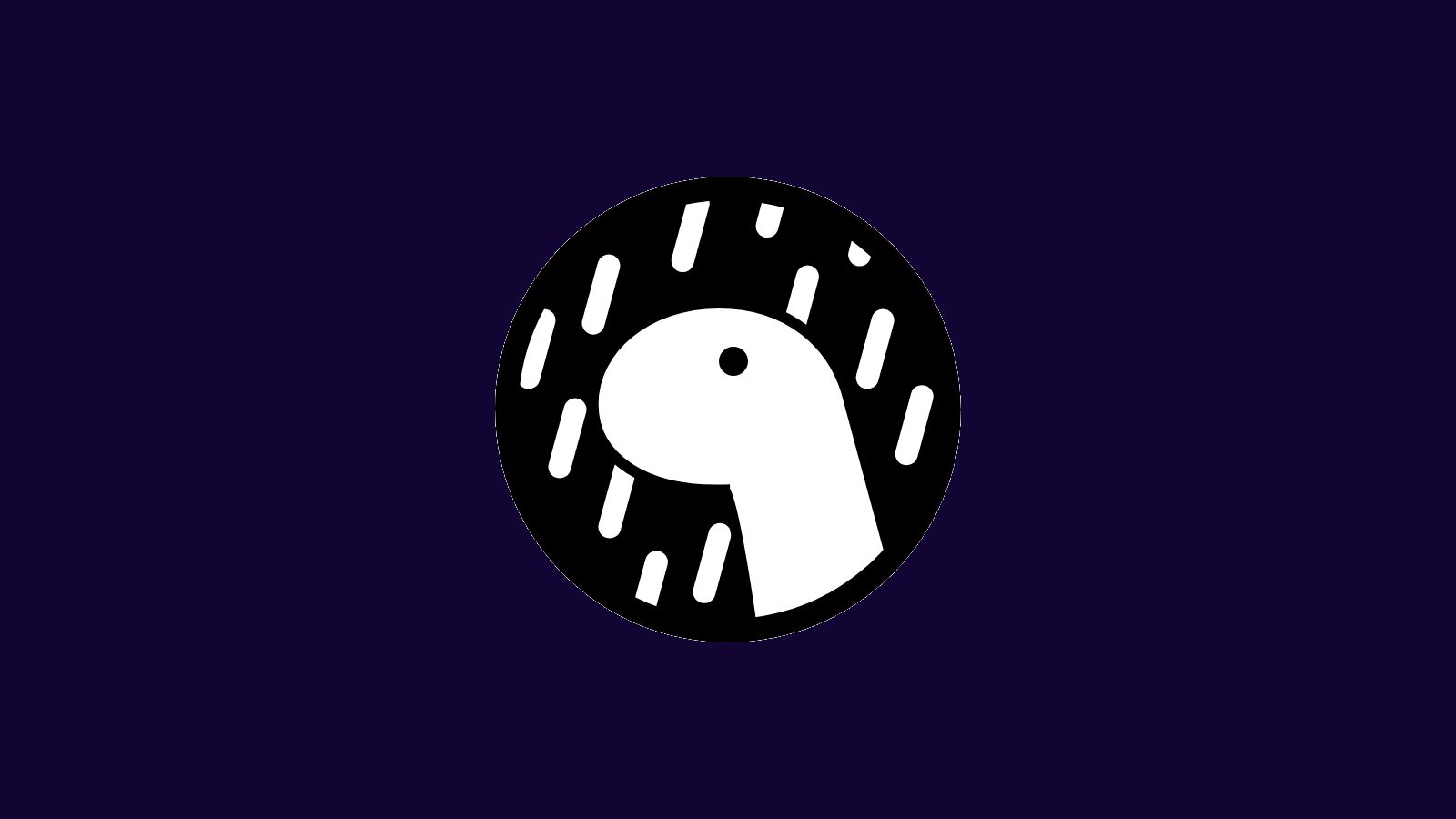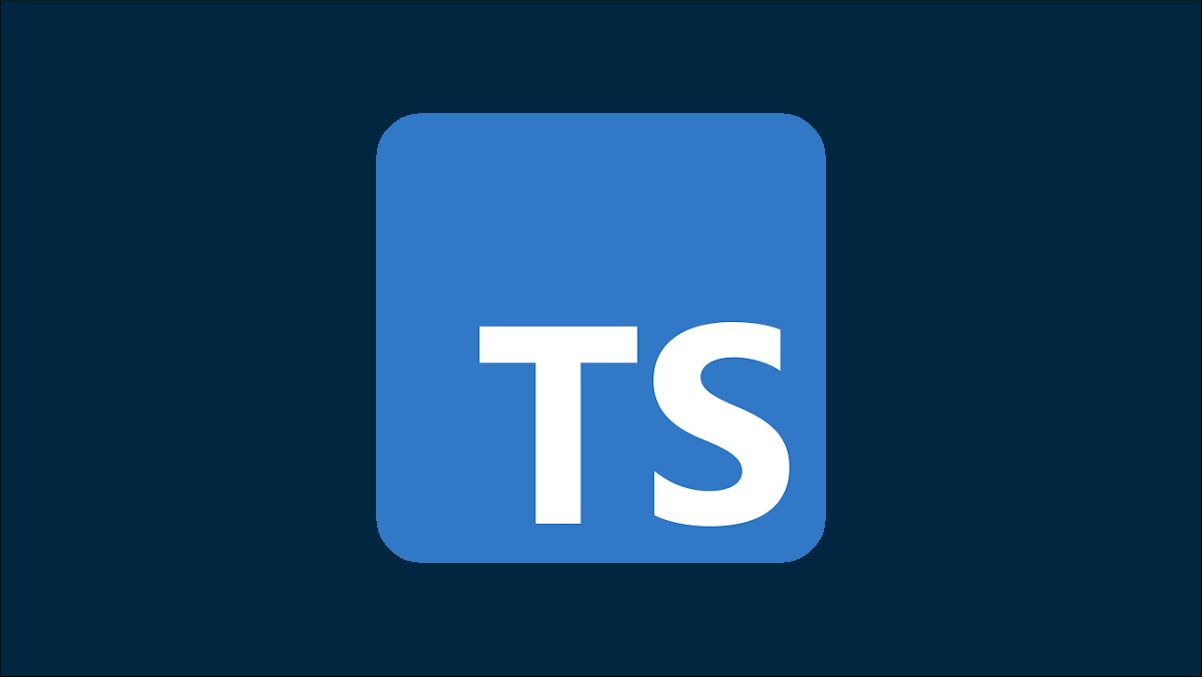
James Walker
Contributing since January, 2021
-
369articles
Page 6
Latest Articles
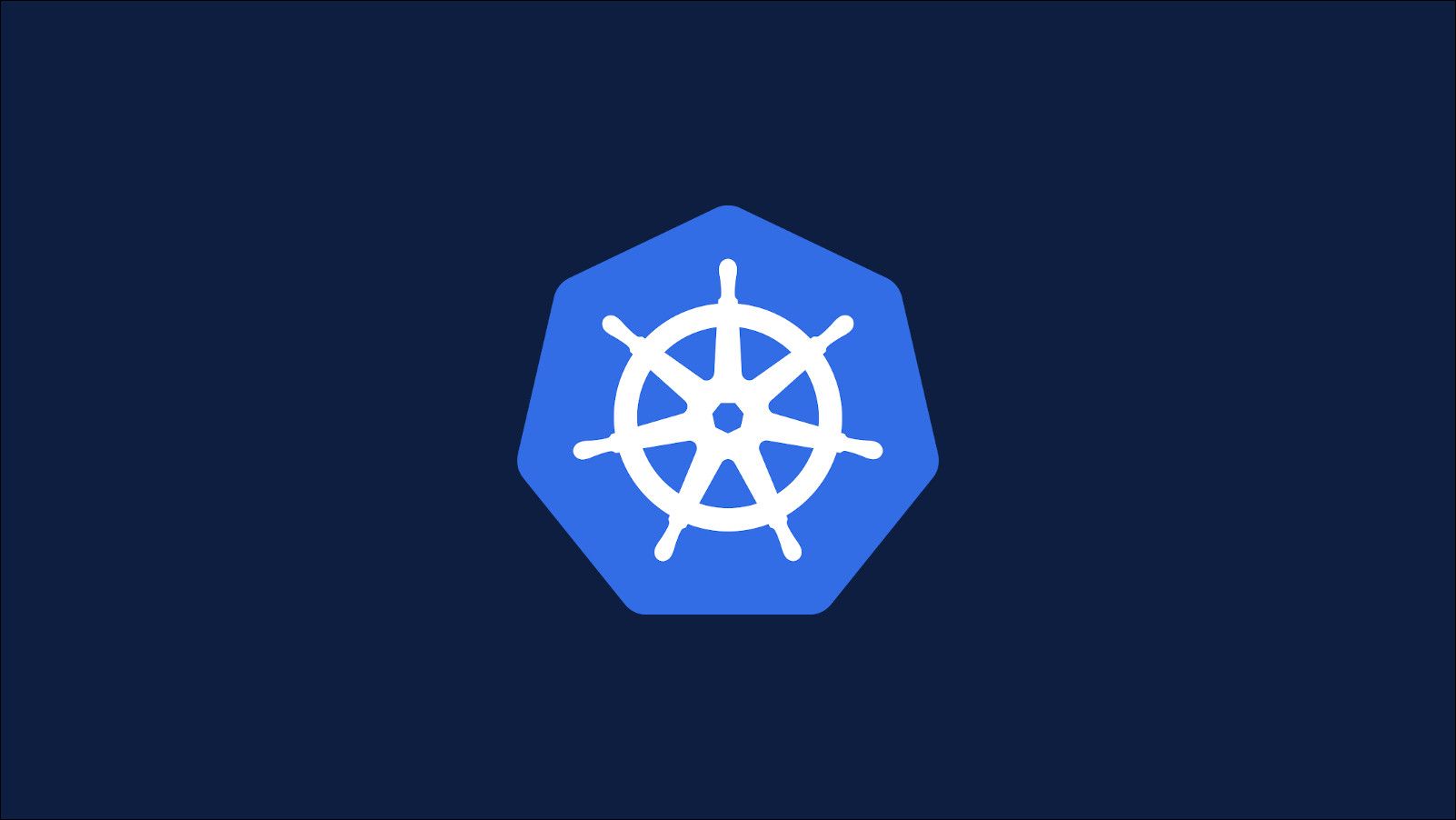
How to Monitor Kubernetes Pod Logs In Real-Time With Stern
Stern is an open-source tool that makes it easier to stream real-time Kubernetes logs to your terminal.

How to Quickly Switch Kubernetes Contexts With Kubectx and Kubens
Kubectx and Kubens are two tools which accelerate your Kubernetes management experience.
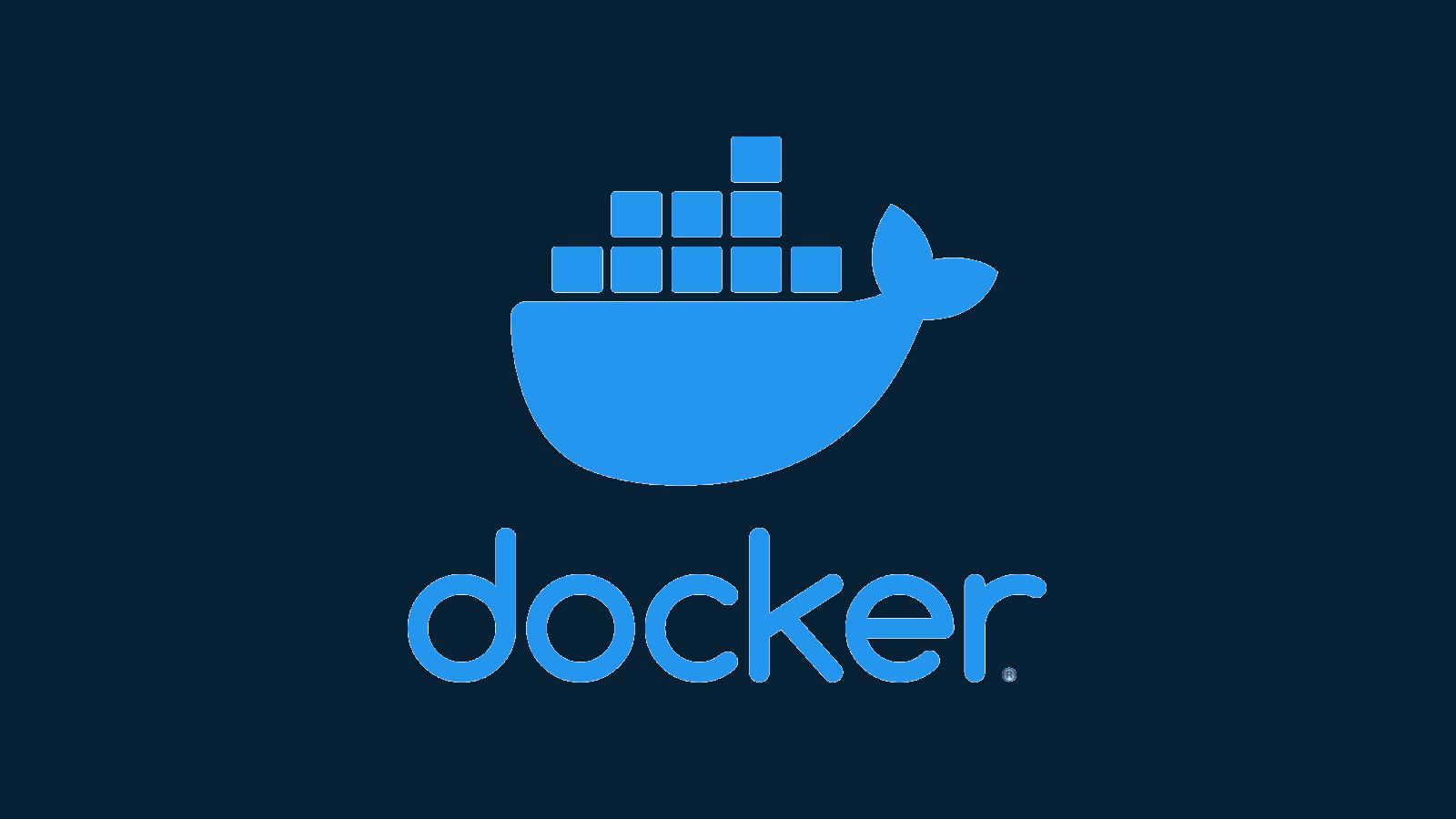
How to Run Multiple Services In One Docker Container
Docker is a technology for packaging components of your stack as isolated containers.

How to Send Mobile Push Notifications With PHP and Firebase
Google's Firebase Cloud Messaging (FCM) service is a free and convenient way to distribute push notifications to mobile devices.

How to Containerize a Legacy Application
Containerization has transformed how new applications are developed and deployed.
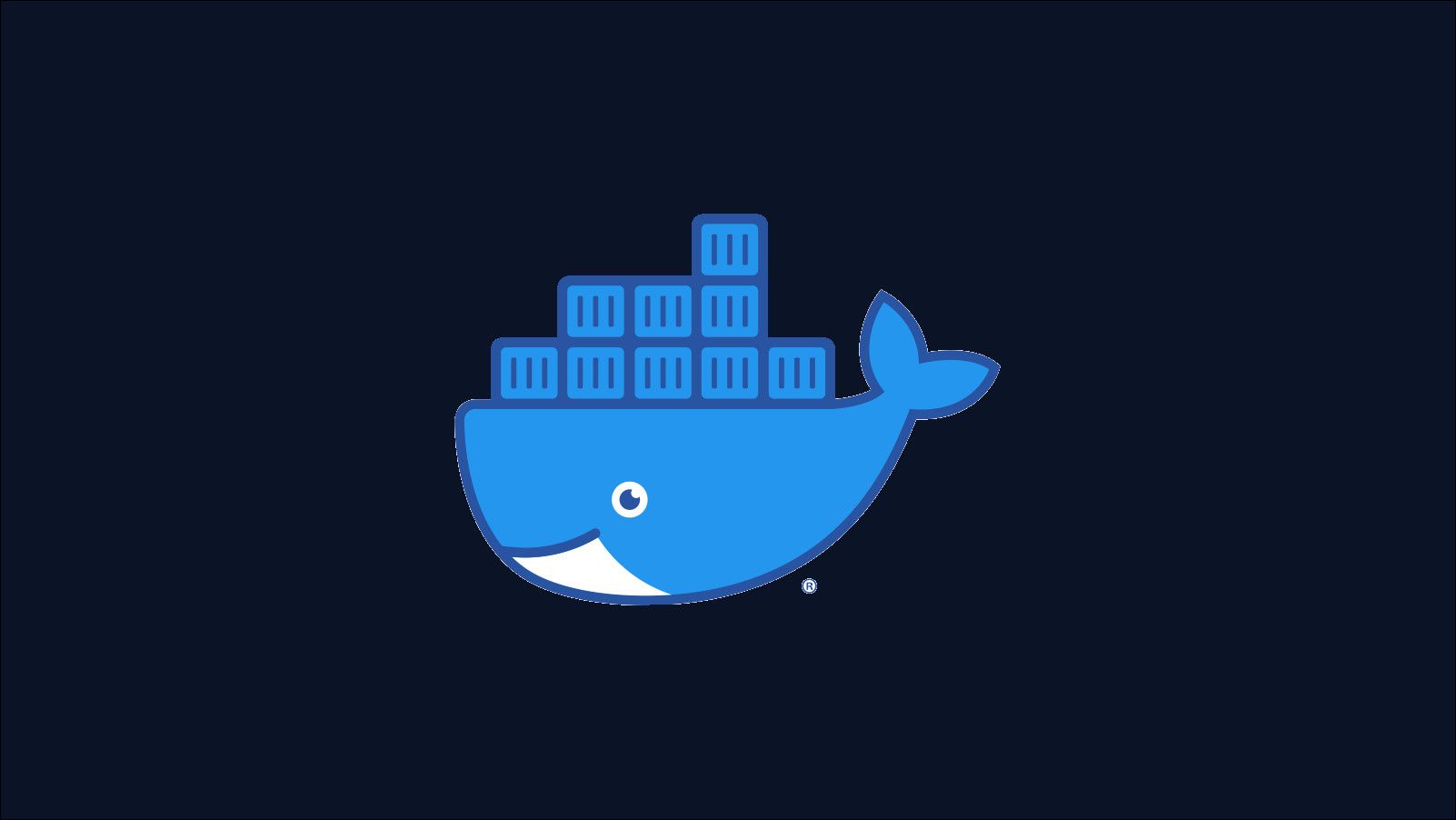
How to Use Docker Build Args to Configure Image Builds
Docker's "build args" mechanism lets you define environment variables that can be referenced in your Dockerfile during image builds.
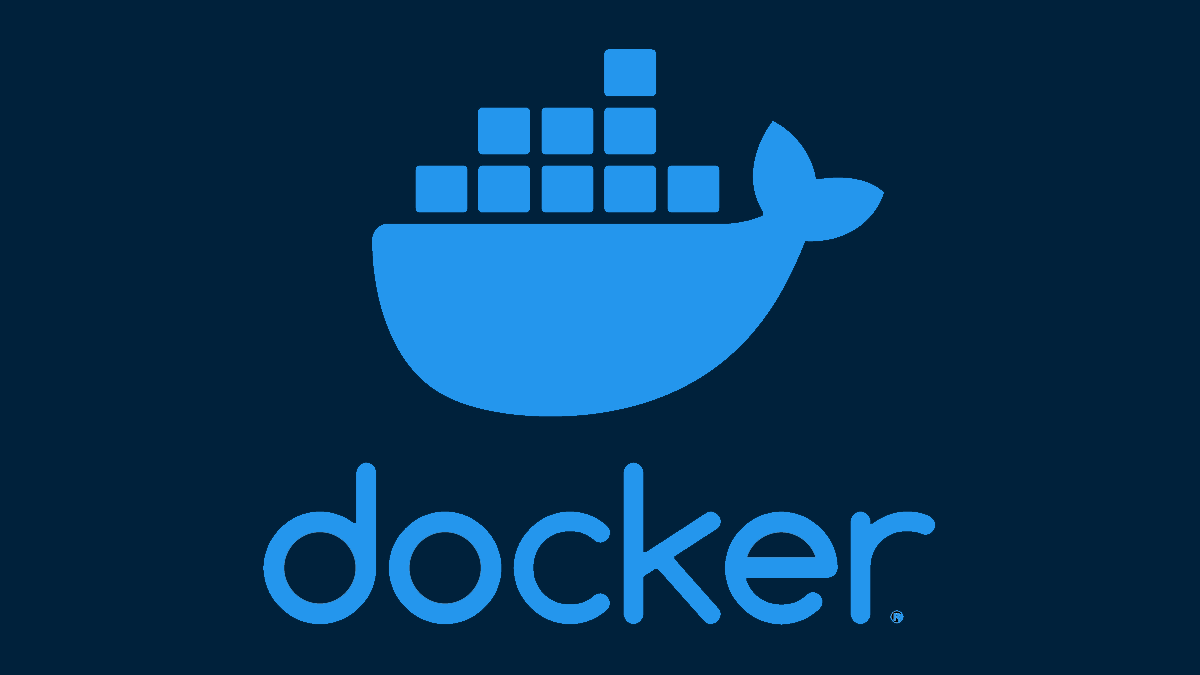
How to Get Started Using the Docker Engine API
Docker Engine exposes a REST API which you can use to control your containers without the docker CLI.

How to Start a React Component Library With Storybook and Create-React-App
React is one of the leading frameworks for frontend development with JavaScript.
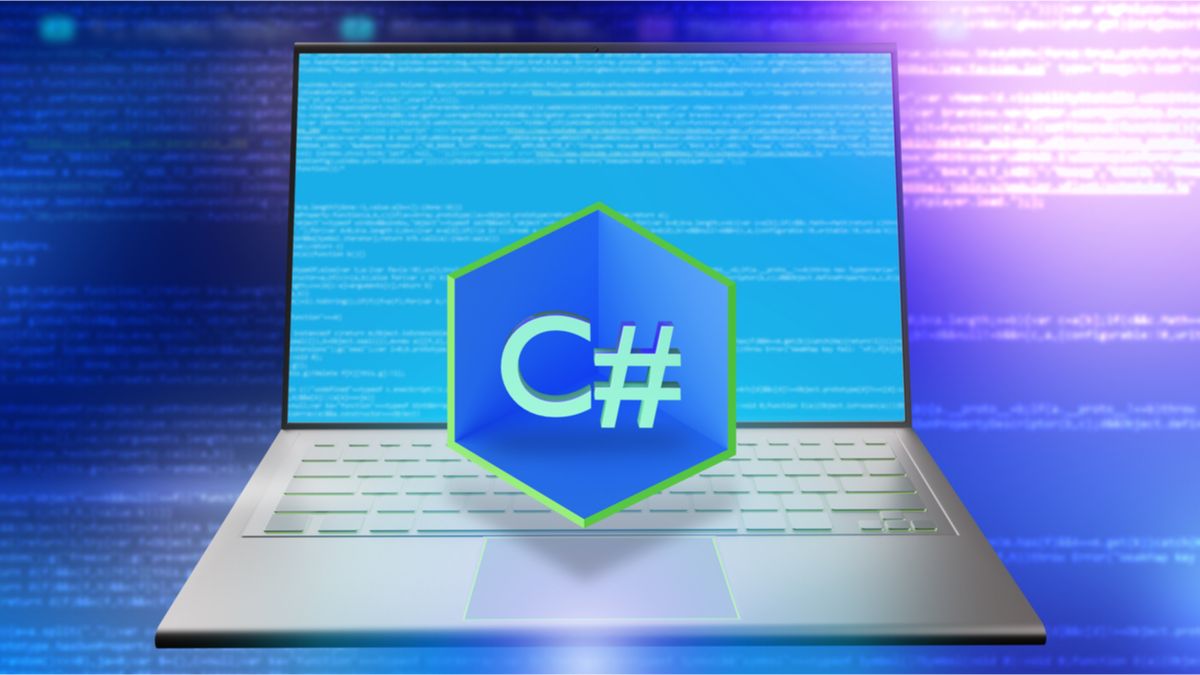
How Will Parameter Null Checks Work In C# 11?
An early preview of select features to be included in this year's C# 11 release is now available as part of Visual Studio 2022 Update 1.

What's Coming In React 18?
React 18 will be the next major version of the popular JavaScript component library.

What Is Composable Code and How Can You Create It?
Composable code describes classes and functions that can be readily combined to create more powerful higher-level constructs.

How to Deploy a GitLab Server With Docker
GitLab is a leading platform for hosting Git repositories, CI pipelines, and DevOps workflows.

How to Manage GitLab Runner Concurrency For Parallel CI Jobs
GitLab's Continuous Integration (CI) pipelines are a popular way to automate builds, tests, and releases each time you push code to your repository.
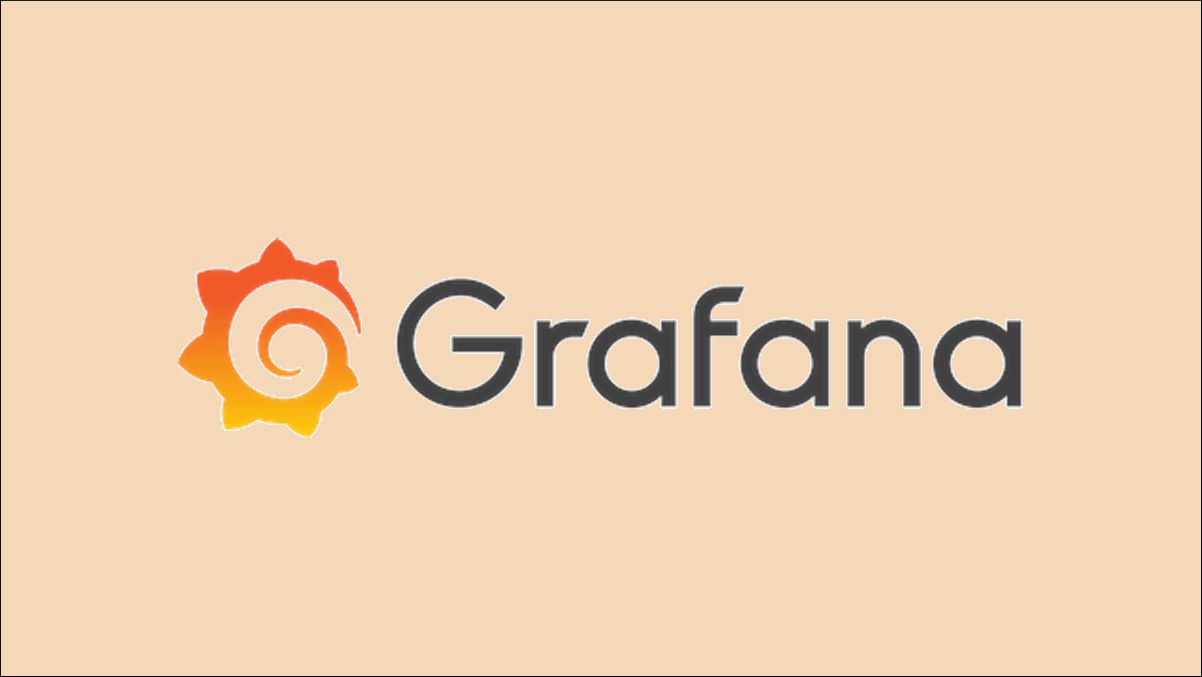
How to Run Grafana In a Docker Container
Grafana is a leading observability platform for metrics visualization.

What Is Agent-Based GitOps and How Does It Differ From CI/CD?
GitOps is a development methodology that advocates using versioned files in source control repositories to define and manage your infrastructure.

How to Use Docker to Package CLI Applications
Docker is a popular platform for packaging apps as self-contained distributable artifacts.
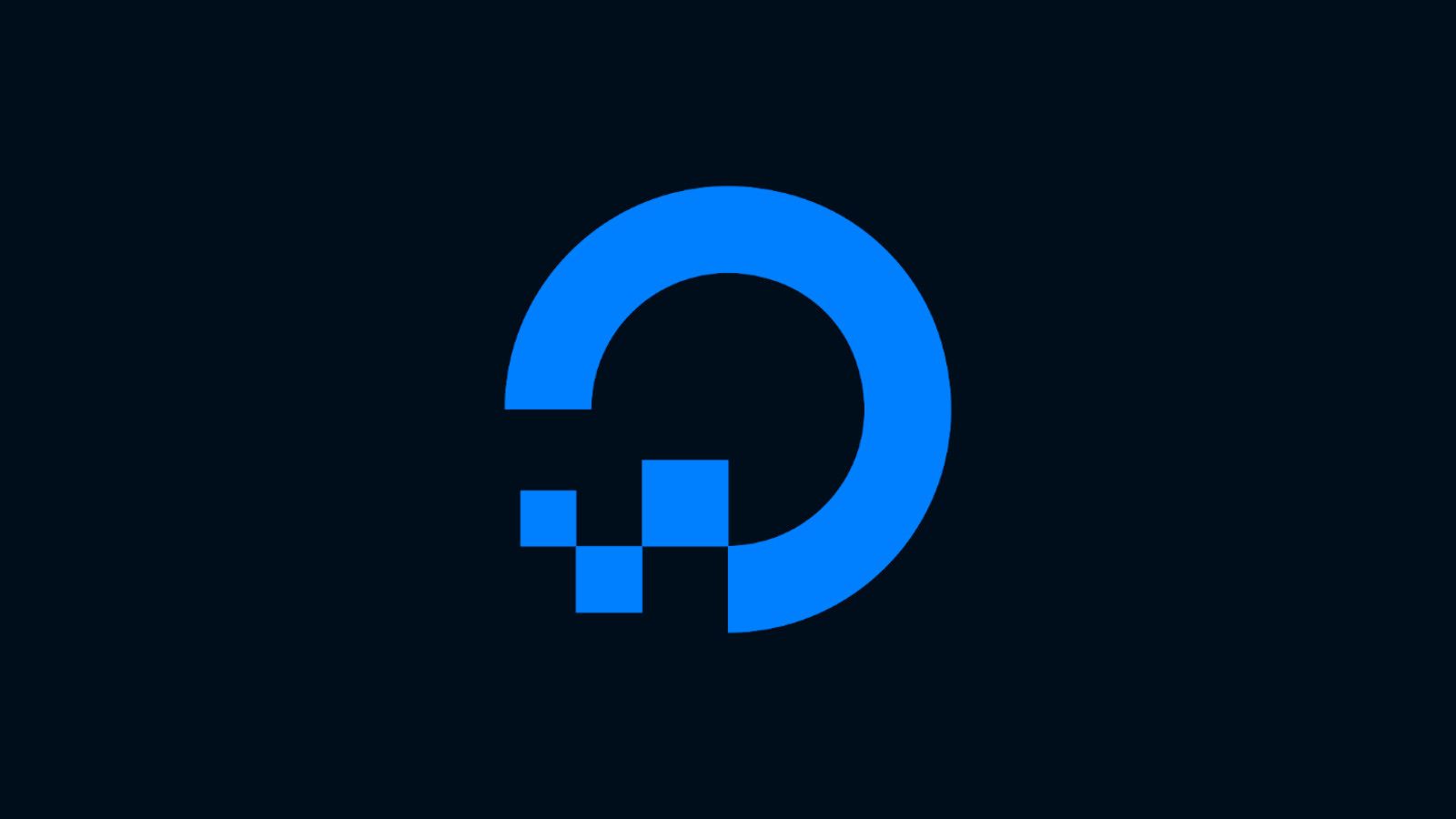
How to Use DigitalOcean Spaces as a CDN
DigitalOcean Spaces is an object storage service that's compatible with the Amazon S3 APIs.
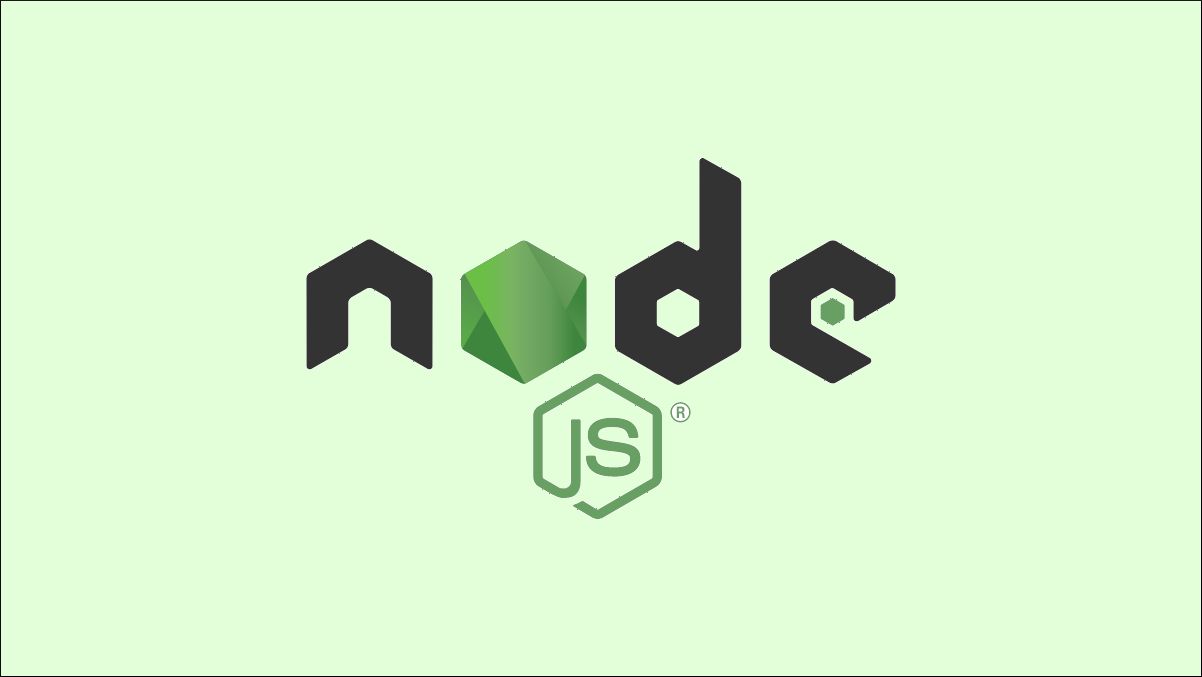
How to Dockerize a Node.js Web App
Docker is a containerization platform that simplifies the packaging and execution of applications.

